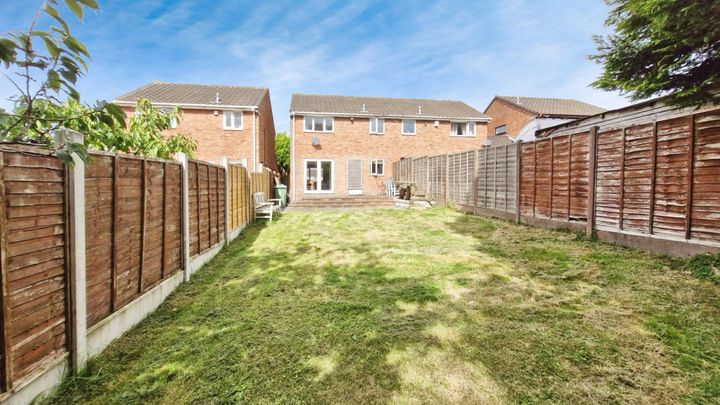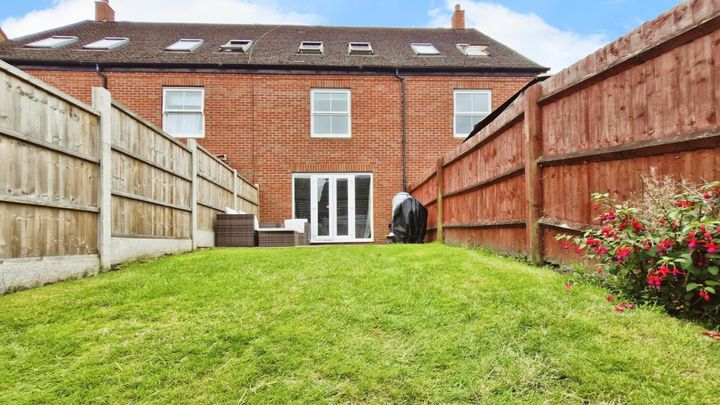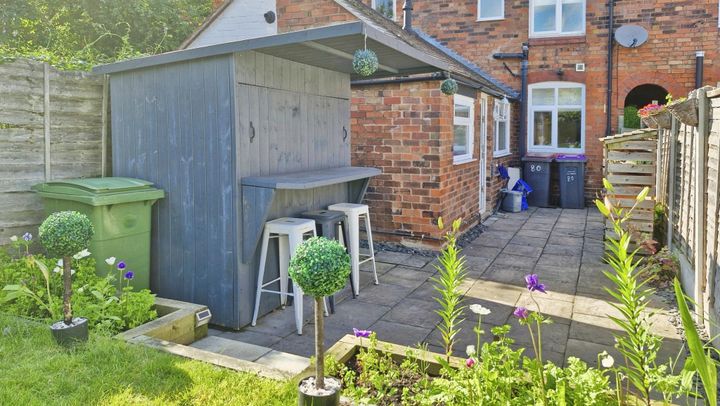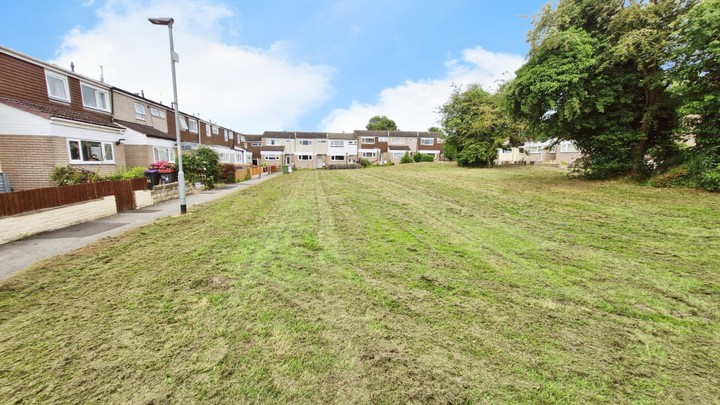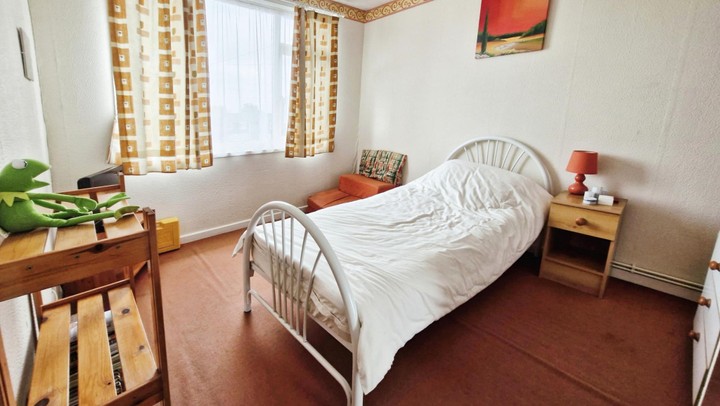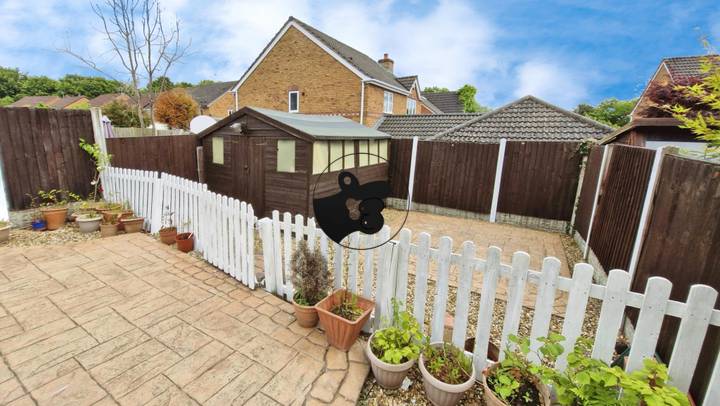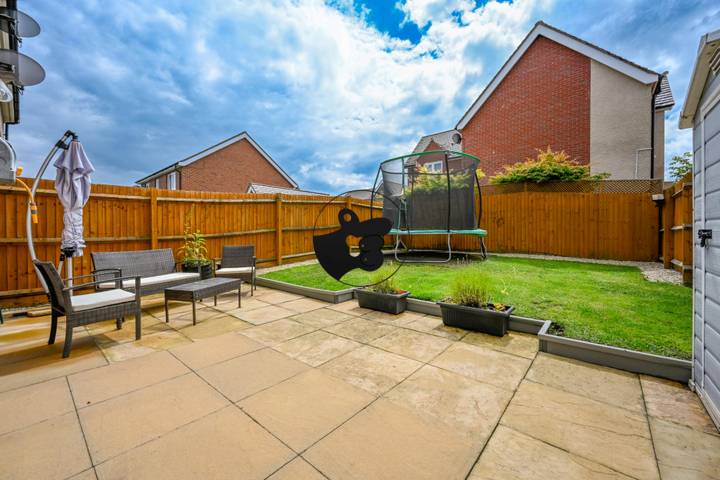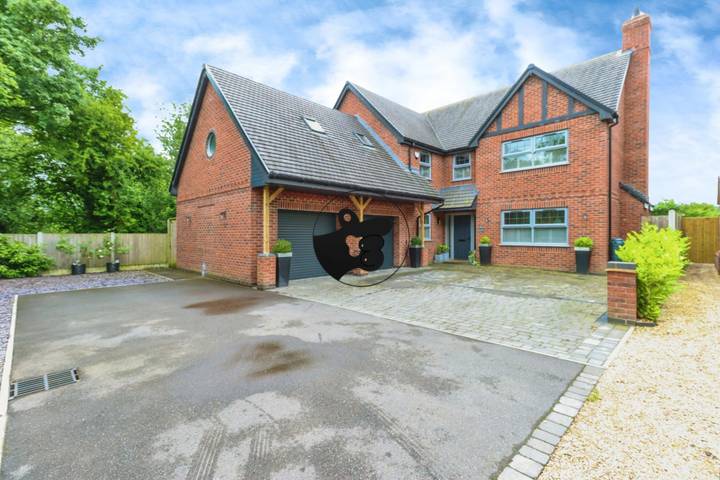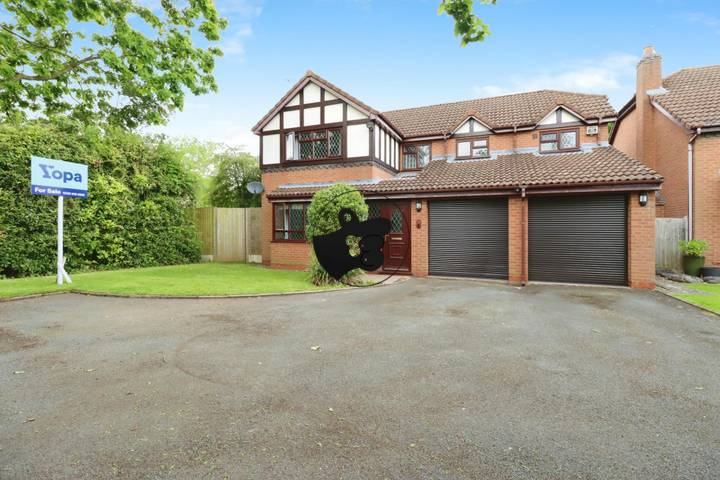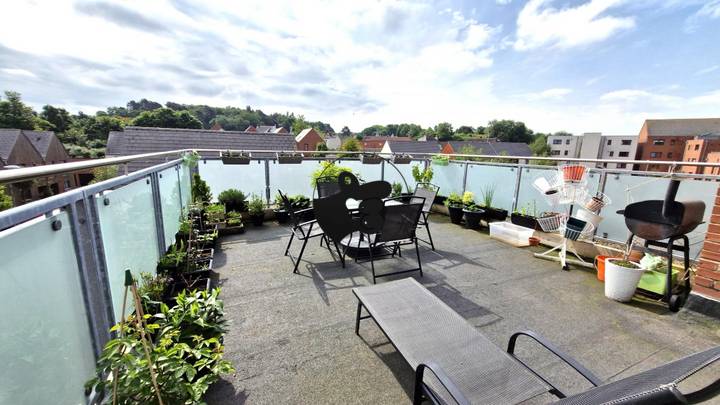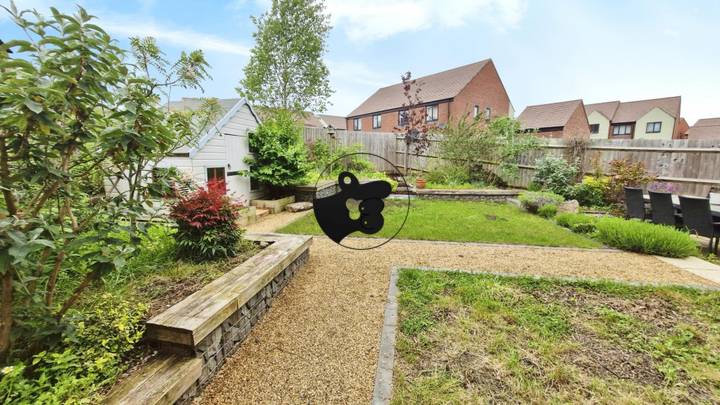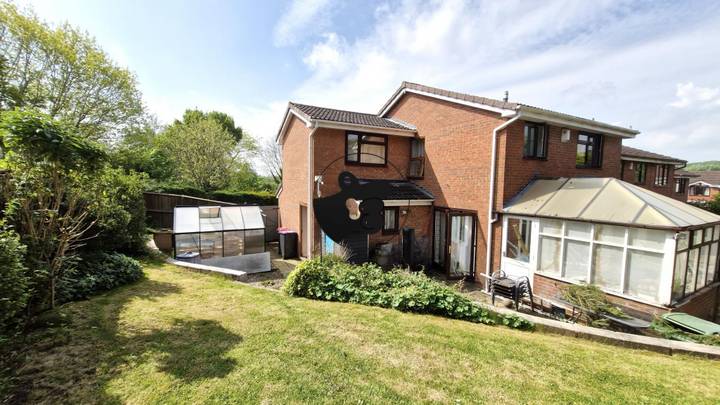Several factors influence real estate prices in Telford, reflecting both local and broader market dynamics. Location plays a central role; properties near key amenities such as schools, shopping centers, and public transport tend to fetch higher prices. For example, areas close to the Telford Town Centre, which houses a range of shops and leisure facilities, see increased demand. Economic influences, including employment rates and salaries in the region, also impact pricing, as higher disposable incomes typically correlate with greater home-buying capability. Additionally, historical data shows that developments such as the recent investment in the Telford Innovation and Enterprise Centre have positively affected nearby property values, highlighting the significance of infrastructure and local government initiatives. Furthermore, market trends, including the overall housing supply and demand balance, affect pricing; a limited number of available homes often drives prices up. Lastly, demographic shifts, such as an influx of young families or professionals seeking affordable housing options, can also shape real estate prices in various neighborhoods across Telford.
Telford
Location
Price Range
Any price
Price Range
Minimum
No min
Maximum
No max
Property type
Show all
Property type
Show all
House
Apartment
Building
Other
Bedrooms
Any beds
Bedrooms
Minimum
No min
Maximum
No max
Surface Range
Any surface
Surface Range
Minimum
No min
Maximum
No max
Sale type
For sale
Sale type
Show all
To rent
For sale
Location
Apartments and houses for sale in Telford
18 results
Recent
Telford insights
| Aspect | Summary |
|---|---|
| Population | 170,000 (approx.) |
| Average Property Price | £200,000 (approx.) |
| Rental Yield | 5.5% (approx.) |
| Average Rent | £925/month (approx.) |
| Occupancy Rate | 95% (approx.) |
| Capital Growth Rate | 3% per year (approx.) |
| Property Tax | Approximately £1,500/year |
| Transaction Costs | 3-5% of property price |
| Expected ROI | 7-8% (including capital growth) |
| Economic Growth Impact | Positive growth driven by local industries and infrastructure projects |
Telford FAQ
What factors influence real estate prices in Telford?
How have property prices in Telford changed over the last few years?
Property prices in Telford have experienced notable fluctuations over the past few years. According to data from the UK Land Registry, the average house price in Telford rose significantly from around £150,000 in early 2020 to approximately £200,000 by late 2022. Factors contributing to this increase include a surge in demand for housing driven by the town's improving infrastructure and amenities, including new shopping centers and transport links. For instance, the completion of the M54 motorway enhancements has made Telford more accessible to nearby urban centers, attracting buyers seeking affordability compared to cities like Birmingham. However, the market faced a slow down in late 2022 and early 2023 due to rising interest rates, which tempered buyer activity and created a more challenging environment for sellers. In certain areas, such as Wellington and Oakengates, some properties that previously commanded high prices saw a slight dip, illustrating localized variations in the market dynamics. Overall, while Telford's housing market has seen a growth trajectory, recent economic conditions have introduced complexities.
What is the average house price in Telford?
The average house price in Telford varies depending on the area and type of property. As of late 2023, typical prices for a three-bedroom semi-detached house hover around £230,000, while more modern four-bedroom detached homes can reach upwards of £350,000. In certain neighborhoods, such as Lawley Village, prices have grown significantly due to new developments. Conversely, more established areas like Madeley may offer more affordable options, with terraced houses available for around £160,000. The overall housing market in Telford has been influenced by its proximity to larger cities like Birmingham and Wolverhampton, making it an attractive location for buyers seeking value.
Are property prices in Telford higher than in nearby towns?
Property prices in Telford tend to be lower than in some nearby towns such as Shrewsbury and Wolverhampton. For instance, the average property price in Telford is around £200,000, while in Shrewsbury, it can exceed £250,000, reflecting a difference that may appeal to first-time buyers. Additionally, towns like Newport and Market Drayton also report higher average prices, with Newport properties often selling for around £300,000. Factors contributing to these variations include local amenities, school quality, and transport links. Telford offers a mix of modern housing developments and access to green spaces, which can attract buyers looking for more affordable options in comparison to its more expensive neighbors.
What types of properties are most common in Telford?
Telford features a diverse range of property types that cater to various demographics. One of the most common types is the modern suburban home, with many built in the latter half of the 20th century, often featuring three to four bedrooms, gardens, and garages. Estates like Woodlands and Priorslee showcase these types of houses, emphasizing family friendliness and green spaces. Additionally, there are traditional terraced homes, particularly in older areas such as Wellington and Oakengates, which reflect the town's industrial past. For those seeking low-maintenance options, apartment complexes are prevalent, particularly in the town center, appealing to young professionals and retirees alike. Finally, the surrounding rural areas boast charming cottages and bungalows, which offer a picturesque living environment while still being accessible to Telford's amenities.
How do local amenities impact real estate prices in Telford?
Local amenities play a significant role in influencing real estate prices in Telford. Properties located near essential services such as schools, healthcare facilities, and shopping centers often enjoy higher demand, which can drive up their value. For example, homes situated close to the Telford Town Centre, with its array of retail options and leisure activities, typically attract buyers looking for convenience and easy access to services. Additionally, proximity to reputable schools, such as St. Peter's Catholic School and Wrekin College, can enhance a property's desirability, making them appealing to families and resulting in increased competition among buyers. Public transport links, especially those connecting Telford to nearby cities like Wolverhampton and Birmingham, also influence real estate prices by providing commuters with easy access to employment opportunities, thus making homes in well-connected areas more valuable.
Is it a good time to buy property in Telford?
Telford's property market presents several factors to consider when evaluating if it’s a good time to buy. Recent reports indicate that house prices have shown a modest increase over the past year, with the average property currently priced around £230,000. The town has benefited from ongoing investments in infrastructure, including the Telford International Centre and improved transportation links to major cities like Birmingham and Manchester, making it an appealing location for commuters. However, with rising interest rates, potential buyers might face higher mortgage costs, which could impact affordability. Additionally, the local rental market remains strong, with rental yields in the area averaging around 5%, attracting buy-to-let investors. The mix of newly developed housing complexes and older properties in well-established neighborhoods adds variety, but market dynamics can vary significantly depending on the specific area within Telford.


